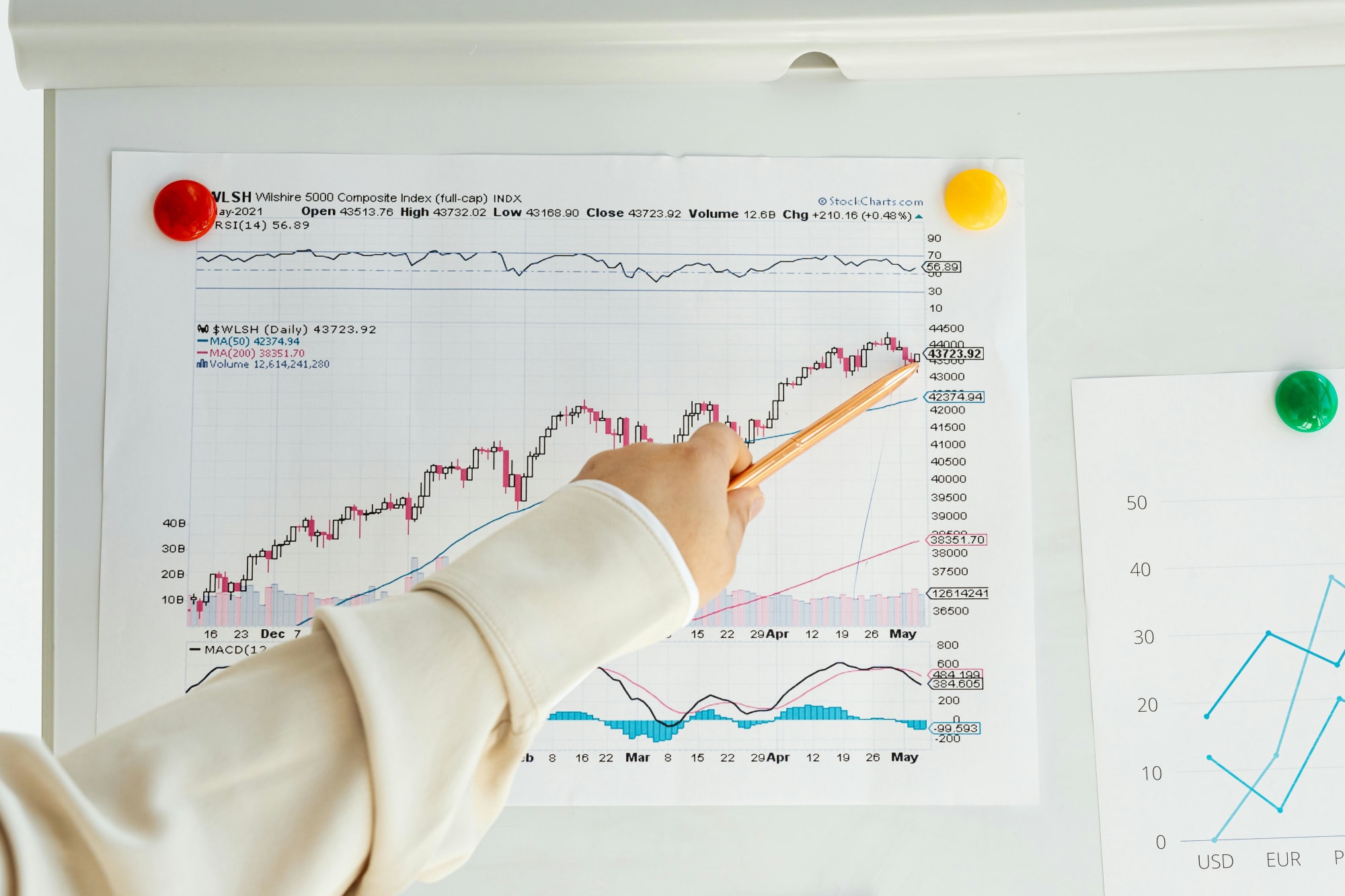Invest
2 overlooked ways to kickstart Australia’s economy
Following the first recession in nearly three decades, Australia is missing two key opportunities to kickstart the economy, according to a study.
2 overlooked ways to kickstart Australia’s economy
Following the first recession in nearly three decades, Australia is missing two key opportunities to kickstart the economy, according to a study.

New analysis by the University of Sydney has found that Australia should invest in social infrastructure such as education, health and care, as well as give greater subsidies for early childhood education.
The University of Sydney’s associate professor Elizabeth Hill believes these two policies would boost employment and improve gender inequalities that have disproportionately impacted women since the downturn began.
“Women’s employment has been hardest hit, contracting by 7.4 percent between February and May 2020, compared with 5.6 percent for men. This equates to 457,000 jobs lost by women,” associate professor Hill said.
“This is only expected to continue as policies are targeted at male-dominated industries, including the construction sector as part of the government’s plans to restart economy.

“We expect this pattern to deepen amid the prolonged economic downturn. Implementing policies that address circumstances predominantly faced by women will therefore benefit the economy at large.”
Associate Professor Hill highlighted that while many large-scale infrastructure projects have traditionally been used to stimulate the economy, these tend to have a male bias.
“For example, a study of seven OECD countries shows that public investment equal to 1 per cent of GDP in labour-intensive care industries generates more total employment than investment in construction. If applied to the Australian market, it is estimated that this employment ratio would be nearly five to one,” she said.
“This is not to suggest that stimulus should not be made in construction, only that the government should take a more balanced approach to fiscal policy.”
The academic pointed to the success of the affordable early childhood education and care (ECEC), which the government introduced in April before prematurely ending it in July.
“There is particular concern that where the out-of-pocket cost of ECEC for families facing unemployment or significant economic insecurity remains high, it will be women who forgo employment and undertake child and other care duties.”
“Results from initial surveys by the sector confirm this possibility and suggest current ECEC policy will not support a dynamic and gender-inclusive economic recovery,” she said.
Associate Professor Hill said greater investment in ECEC is a “triple-win” strategy that will:
- generate billions of dollars in national wealth and boost GDP while supporting women’s employment;
- increase demand for the sector’s services, creating more jobs; and
- allow for universal access, promoting all children’s education, wellbeing and life chances.
About the author

About the author


Economy
RBA's hawkish stance reflects inflation concerns, State Street economist comments
In a recent statement, the Reserve Bank of Australia (RBA) has signaled a hawkish stance on interest rates, drawing insights from financial experts about the implications for Australia's economic ...Read more

Economy
Navigating the inflation maze: How CFOs can outsmart economic hurdles in Australia
Fresh inflation data have cooled expectations of near-term rate cuts in Australia, intensifying pressure on margins, capital allocation and demand. Rather than wait for monetary relief that may not ...Read more

Economy
Inflation concerns rise as Australia's CPI climbs to 3.8% in October
Australia's latest Consumer Price Index (CPI) figures have sent ripples through the economy, with headline inflation accelerating to 3.8% year-on-year in October, up from 3.6% in September. The data, ...Read more

Economy
October CPI results pose challenges for RBA’s monetary policy stance
In a surprising turn of events, the October Consumer Price Index (CPI) data has raised eyebrows among economists and market strategists, revealing stronger-than-expected inflationary pressures in ...Read more

Economy
Global deal activity declines by 6% amid economic uncertainty, reports GlobalData
In a year characterised by economic turbulence and evolving market conditions, global deal activity has witnessed a notable downturn during the first ten months of 2025. According to GlobalData, a ...Read more

Economy
Australia’s softening labour market puts another RBA cut in play — here’s what business should do now
A four-year high in unemployment has revived expectations the Reserve Bank could deliver another rate cut as soon as November. With quarterly GDP growth running at 0.6 per cent and annual growth at ...Read more

Economy
Rising CPI reinforces RBA’s stance as rate cut expectations remain: State Street
State Street Global Advisors says the Reserve Bank of Australia (RBA) is likely to hold its current policy outlook following the release of September quarter inflation data, which showed an unexpected ...Read more

Economy
NSW SES boosts tsunami preparedness ahead of World Tsunami Awareness Day
As World Tsunami Awareness Day approaches on 5 November, the New South Wales State Emergency Service (NSW SES) is ramping up efforts to enhance tsunami preparedness along the east coastRead more

Economy
RBA's hawkish stance reflects inflation concerns, State Street economist comments
In a recent statement, the Reserve Bank of Australia (RBA) has signaled a hawkish stance on interest rates, drawing insights from financial experts about the implications for Australia's economic ...Read more

Economy
Navigating the inflation maze: How CFOs can outsmart economic hurdles in Australia
Fresh inflation data have cooled expectations of near-term rate cuts in Australia, intensifying pressure on margins, capital allocation and demand. Rather than wait for monetary relief that may not ...Read more

Economy
Inflation concerns rise as Australia's CPI climbs to 3.8% in October
Australia's latest Consumer Price Index (CPI) figures have sent ripples through the economy, with headline inflation accelerating to 3.8% year-on-year in October, up from 3.6% in September. The data, ...Read more

Economy
October CPI results pose challenges for RBA’s monetary policy stance
In a surprising turn of events, the October Consumer Price Index (CPI) data has raised eyebrows among economists and market strategists, revealing stronger-than-expected inflationary pressures in ...Read more

Economy
Global deal activity declines by 6% amid economic uncertainty, reports GlobalData
In a year characterised by economic turbulence and evolving market conditions, global deal activity has witnessed a notable downturn during the first ten months of 2025. According to GlobalData, a ...Read more

Economy
Australia’s softening labour market puts another RBA cut in play — here’s what business should do now
A four-year high in unemployment has revived expectations the Reserve Bank could deliver another rate cut as soon as November. With quarterly GDP growth running at 0.6 per cent and annual growth at ...Read more

Economy
Rising CPI reinforces RBA’s stance as rate cut expectations remain: State Street
State Street Global Advisors says the Reserve Bank of Australia (RBA) is likely to hold its current policy outlook following the release of September quarter inflation data, which showed an unexpected ...Read more

Economy
NSW SES boosts tsunami preparedness ahead of World Tsunami Awareness Day
As World Tsunami Awareness Day approaches on 5 November, the New South Wales State Emergency Service (NSW SES) is ramping up efforts to enhance tsunami preparedness along the east coastRead more








